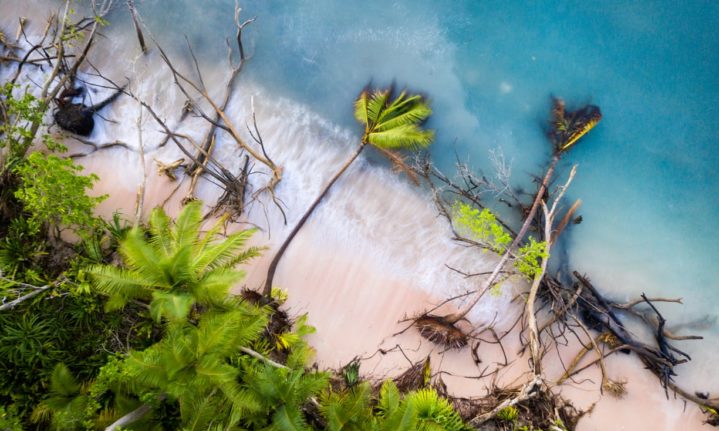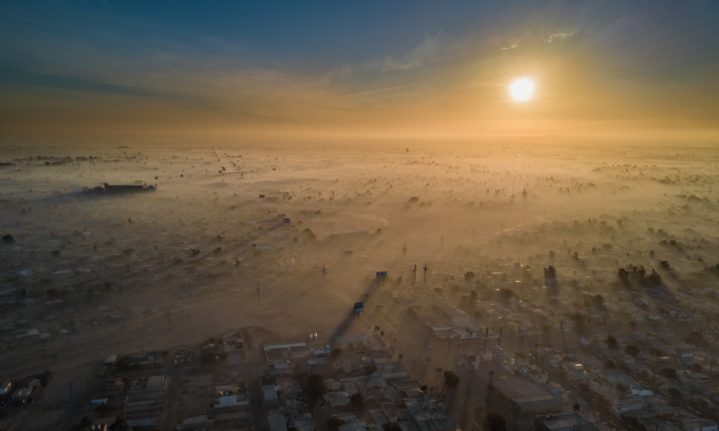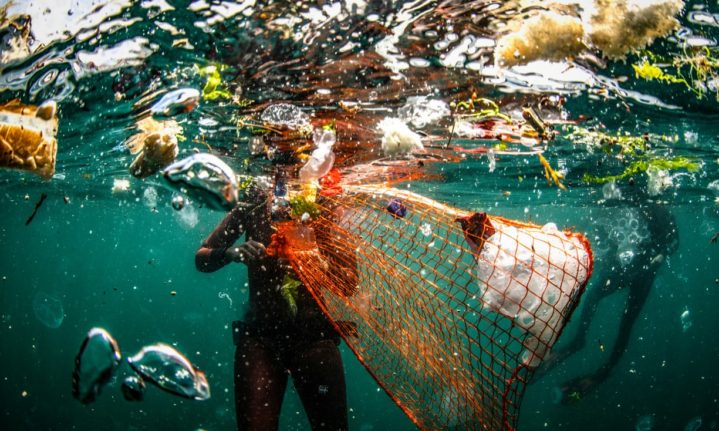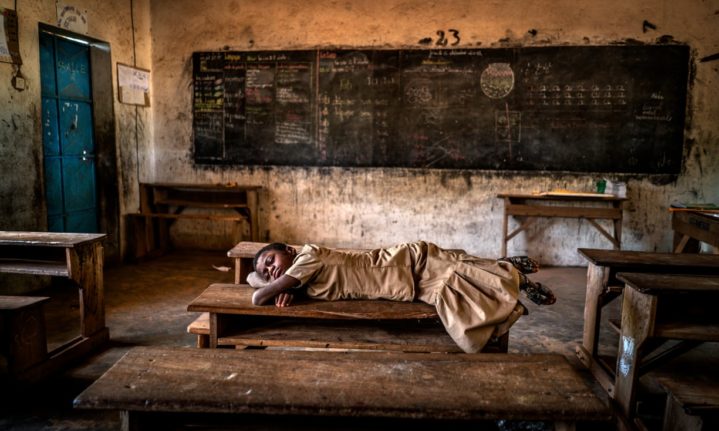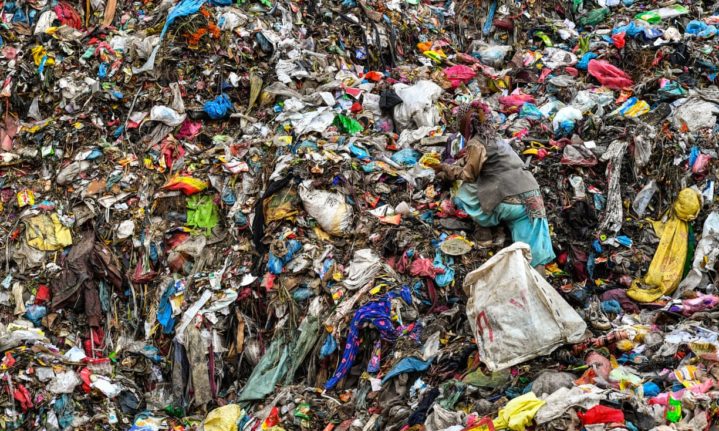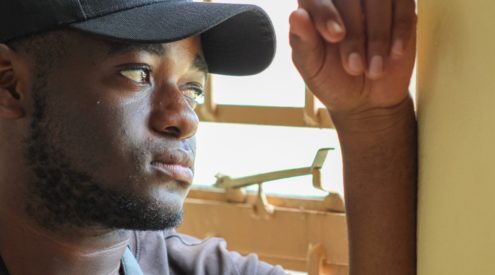Kgaugelo Neville Ngomane from Mpumalanga has been crowned Young Photographer of the Year in the international Chartered Institute of Water and Environmental Management (CIWEM) photography competition for his powerful shot of a rhino being dehorned on a reserve in Limpopo.

Desperate Measures by Neville Ngomane, Limpopo, South Africa
Young environmental photographer of the year: This rhino is being dehorned in an attempt to protect it from being poached. With the current severe level of poaching, experts recommend that rhinos should be dehorned every 12-24 months to effectively deter hunters.
Neville, aged 20 and currently unemployed, is a graduate of Wild Shots Outreach. This Hoedspruit-based NPO’s aim is to engage young people from disadvantaged communities in wild places through photography.
‘Neville was on a Wild Shots Outreach course a year ago. He impressed us with his ability with a camera and his passion for conservation. I gave him a donated second-hand camera and he’s gone from strength to strength,’ says Mike Kendrick, Wild Shots founder and director.
Wild Shots Outreach works with government school children and groups of young unemployed in the areas bordering the Greater Kruger.
‘The idea is to use photography to engage them with wildlife and conservation. Very few of the 532 students who have taken the course have ever been into Kruger or the reserves before, despite living on the doorstep. How can we save rhinos or elephants etc, if the local communities have never even seen their wildlife heritage?’ says Mike.
Neville’s image was picked from over 4,000 international entries.
‘These winning photographs reveal the raw reality of how people and wildlife are struggling with the impacts of climate change all around the world. This award exists to inspire change from political leaders, decision makers, and the general public,’ says CIWEM.
Here are the winning photographers’ images, announced alongside the UN Climate Action Summit in New York earlier this week.
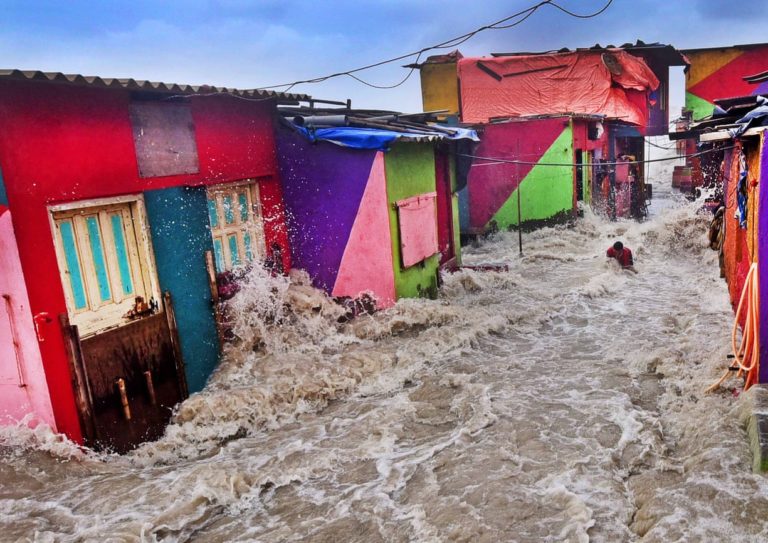
High Tide Enters Home by SL Shanth Kumar, Mumbai
Environmental photographer of the year: A huge wave lashes at a shanty, throwing a fisherman out of his home in Bandra, Mumbai, India. He is pulled in by the strong currents but was rescued by fellow fishermen before the sea could swallow him. Mumbai is at risk of coastal flooding, a fallout of climate change. The city’s land and sea temperatures have been rising, causing an corresponding impact on the sea level.

Tuvalu Beneath the Rising Tide by Sean Gallagher, Tuvalu
Changing environments prize: Fallen trees lie on a beach as the waves from the Funafuti lagoon in Tuvalu lap around them. Land erosion has always been a problem for the South Pacific country but problems are intensifying as sea levels rise. Rising seas are on the verge of completely submerging the tiny archipelago’s islands.
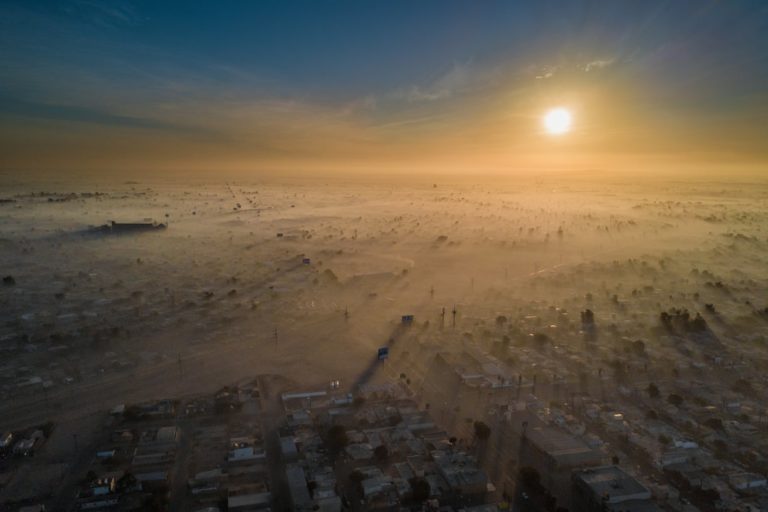
Polluted New Year by Eliud Gil Samaniego, Mexicali, Baja California, Mexico
Sustainable cities prize: On 1 January 2018 Mexicali was one of the most contaminated cities in the world because of climate change, its geographical location, industry and cars.
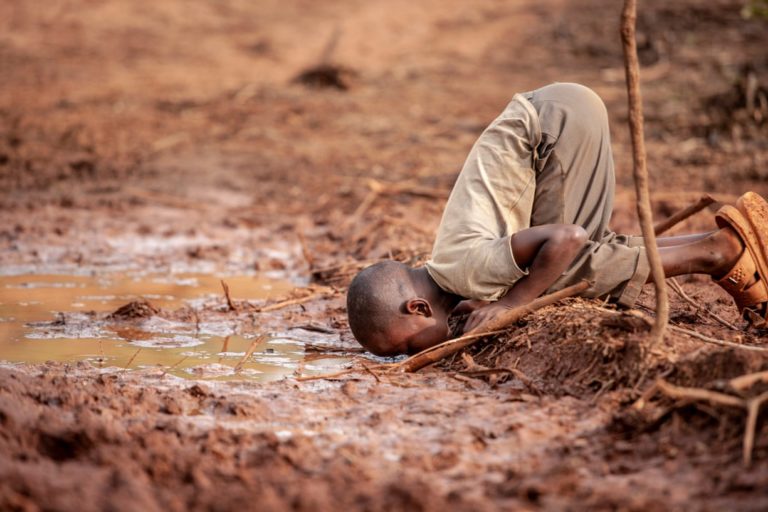
Water Scarcity by Dharshie Wissah, Kakamega, Kenya
Water, equality and sustainability prize: A young boy drinks dirty water due to lack of water points in the area caused by deforestation. Lack of clean water greatly increases the risk of diarrhoeal diseases such as cholera, typhoid fever and dysentery, and other water-borne tropical diseases.
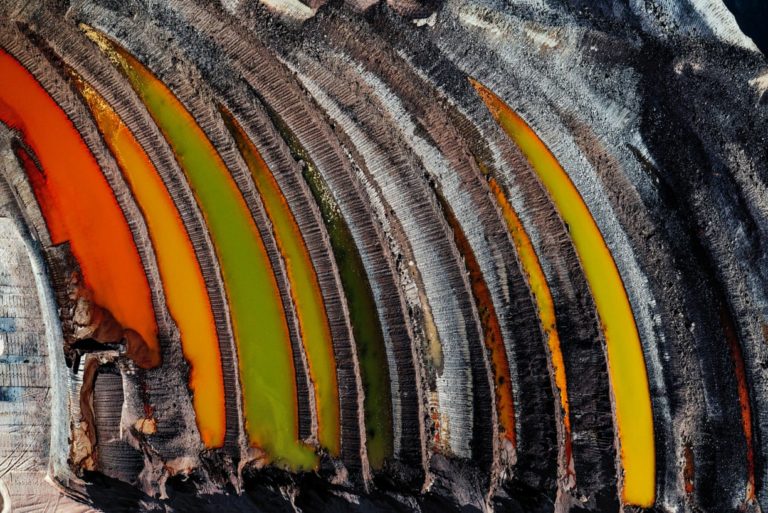
Remains of the Forest by J Henry Fair, Niederzier, Germany
Climate action and energy prize: Hambach Forest was nearly 12,000 years old when it was bought by a power company to dig for the brown coal buried underneath. The ancient forest was once the size of Manhattan. Now only 10% of it remains.
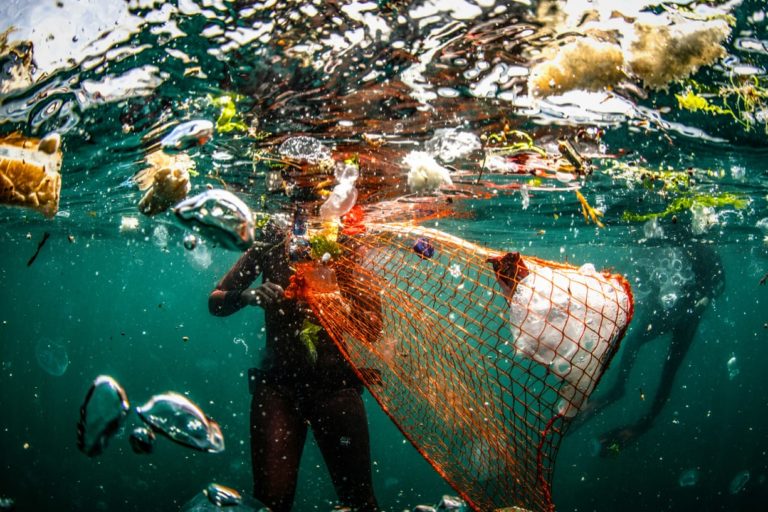
Trash by Sebnem Coskun, Istanbul, Turkey
Underwater cleaning in the Bosphorus as part of the Zero Waste Blue project.
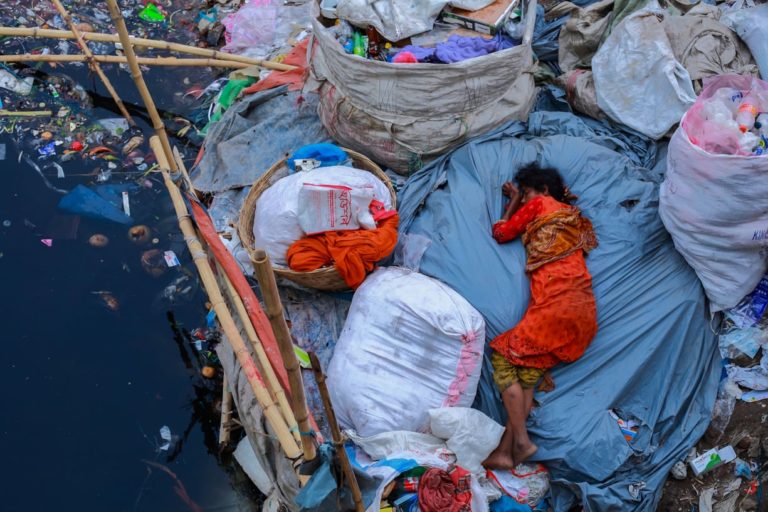
Sleep Fatigue by Amdad Hossain, Dhaka, Bangladesh
A women sleeps on a dirty riverbank.
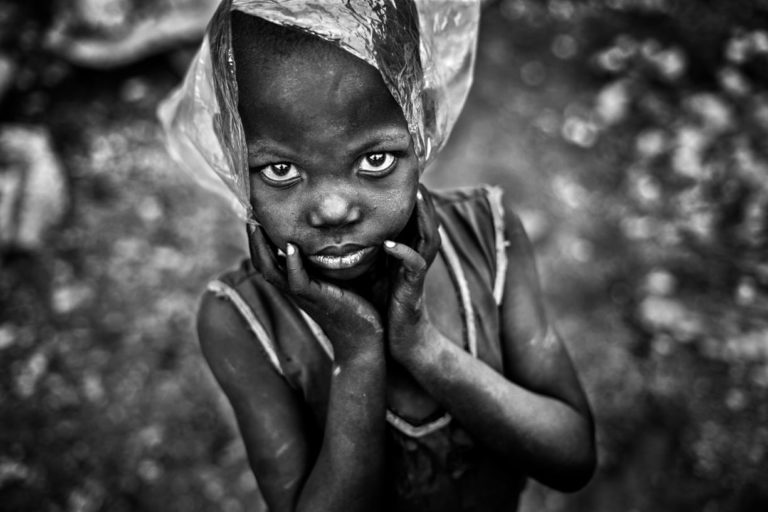
The Plastic Quarry by Aragon Renuncio, Ouagadougou, Burkina Faso
A boy plays with a plastic bag. About 380m tonnes of plastic is produced worldwide each year. Production increased exponentially from 2.3m tonnes in 1950 to 448m tonnes by 2015. Every day approximately 8m pieces of plastic pollution find their way into our oceans.

Lungs of the Earth by Ian Wade, Somerset, UK
Photographing trees at night with a long shutter speed and four LED spotlights isn’t easy: the tiniest amount of wind will blur the canopy. It took Ian Wade five long nights to capture this image. The final image shows the trees in all their splendour.

Sweet Dreams by Aragon Renuncio, Burkina Faso
A girl sleeps on a desk inside her schoolroom. Extreme rains have tripled in the Sahel in the last 35 years because of global warming. Climate change has caused 70 episodes of torrential rains in the last decade although the region also suffers severe droughts.

Sewing Net by Tran Tuan Viet, Phu Yen, Vietnam
As fish stocks decrease fishing methods become increasingly extreme. Destructive fishing with small-hole nets devastate the marine environment.
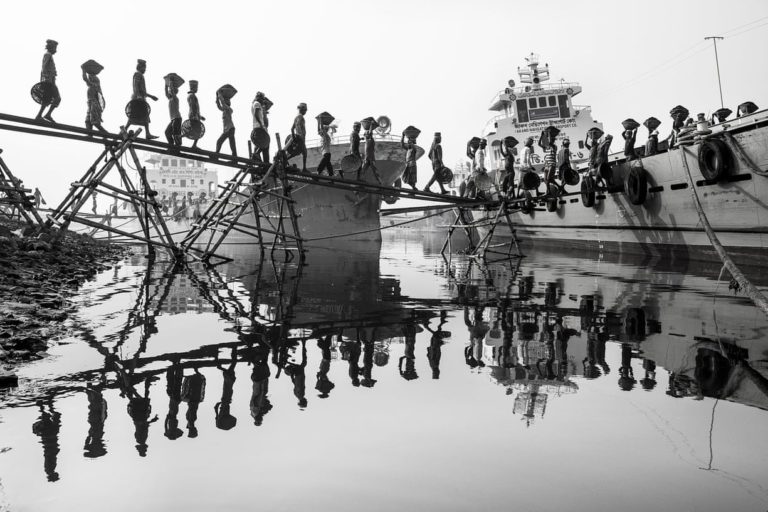
Daily Labour by Yousuf Tushar, Dhaka, Bangladesh
Thousands of poor people come to the capital city, Dhaka, to find work every year. Many are forced to do hard labour such as carrying coal on their heads.
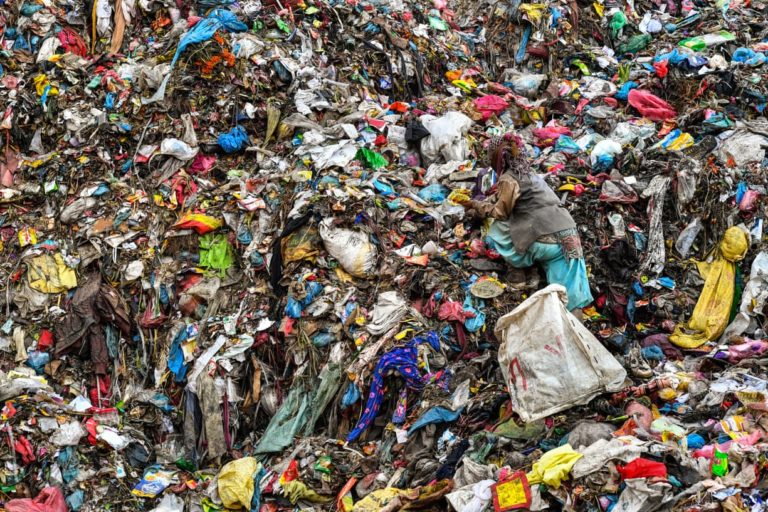
Invisible by Valerie Leonard, Sisdol, Nepal
In the Sisdol landfill in Nepal, wastepickers rummage through rubbish all day looking for materials or valuables to sell. This temporary landfill located near Kathmandu has been in operation since 2005. Today it is running out of capacity.
Also read: Trevor Noah and Greta Thunberg on climate change.










